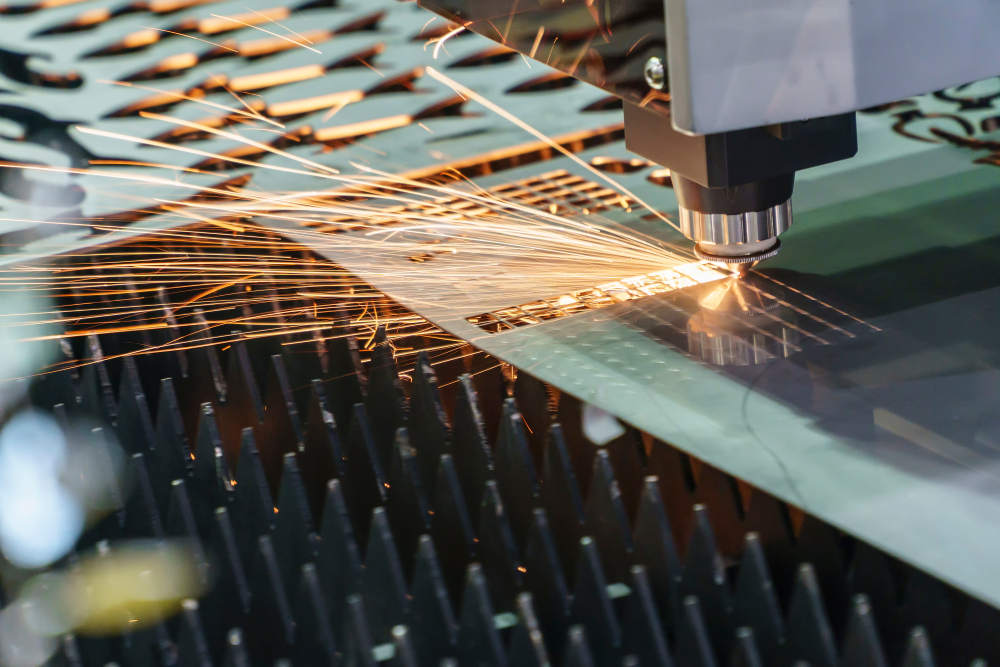News - Construction News
Slow start to 2018 for manufacturing

The latest IHS Markit/CIPS UK Manufacturing PMI® figures have been released, revealing a slow start to 2018 for UK manufacturing growth.
January’s figures, at 55.3, have slowed from December’s growth of 56.2 and are even further down on November’s 51-month high, running at its lowest rate since June last year. However, the figures are still in the growth spectrum (over 50.0)
Manufacturing output has continued to rise at a solid pace, with higher production reflecting rises in new order intakes and robust demand from both domestic and export clients. While there are further solid increases in output and new orders across the consumer, intermediate and investment goods sectors.
The growing trend in export continued throughout January, with foreign demand improving at one of the quickest rates over the past four years; including increases to North America, China, mainland Europe, the Middle East and Japan.
Many respondents pointed to price pressures intensifying, an increased demand for inputs led to improved supplier pricing power and shortages of raw materials, resulting in a marked acceleration in input cost inflation. Purchase prices rose at the fastest rate in 11 months and to one of the greatest extents in the survey history.
The survey reported that UK manufacturers are maintaining a positive outlook, with over 55% forecasting production to be higher in one year’s time. Optimism reflected improved market conditions, global economic expansion, fuller order books, export opportunities, investment in new equipment and planned product launches.
Duncan Brock, Director of Customer Relationships at the Chartered Institute of Procurement & Supply, said: “Growth in the manufacturing sector continues to provide positive encouragement for the UK economy as the year started on a positive, if slightly reserved note.
“Though the PMI showed continued growth, it was the weakest since June as shortages in commodities and raw materials resulted in a scrabble to complete goods, suppliers disappointed with longer delivery times and costs were on the rise again.
“Purchasers reported that global demand impacted on their costs, with another sharp inflationary rise. Respondents mentioned forward buying as a way of controlling prices and securing supply to remain competitive, but firms also attempted to claw back some of their margins by raising their own prices to clients at a level not seen for nine months.
“Job creation remained strong, as optimism rose to its highest level for two years, even though orders from the domestic market were overshadowed by one of the biggest spikes in export orders in four years. Along with the strength of the global economy and investment by the sector in marketing and product launches, this is setting manufacturing up for a successful year ahead.”
Related Articles
More News
- £8Bn to be invested in flood defences over the next decade
27 Jun 25
A record £7.9Bn over ten years has been committed to flood defences.
- Boosting British jobs and skills key for firms to win major infrastructure projects
26 Jun 25
Creating high quality British jobs and boosting skills in local communities will be key requirements
- Major rail supply deal to protect thousands of British Steel jobs
25 Jun 25
Thousands of British manufacturing jobs have been secured as the Transport Secretary finalises a major




